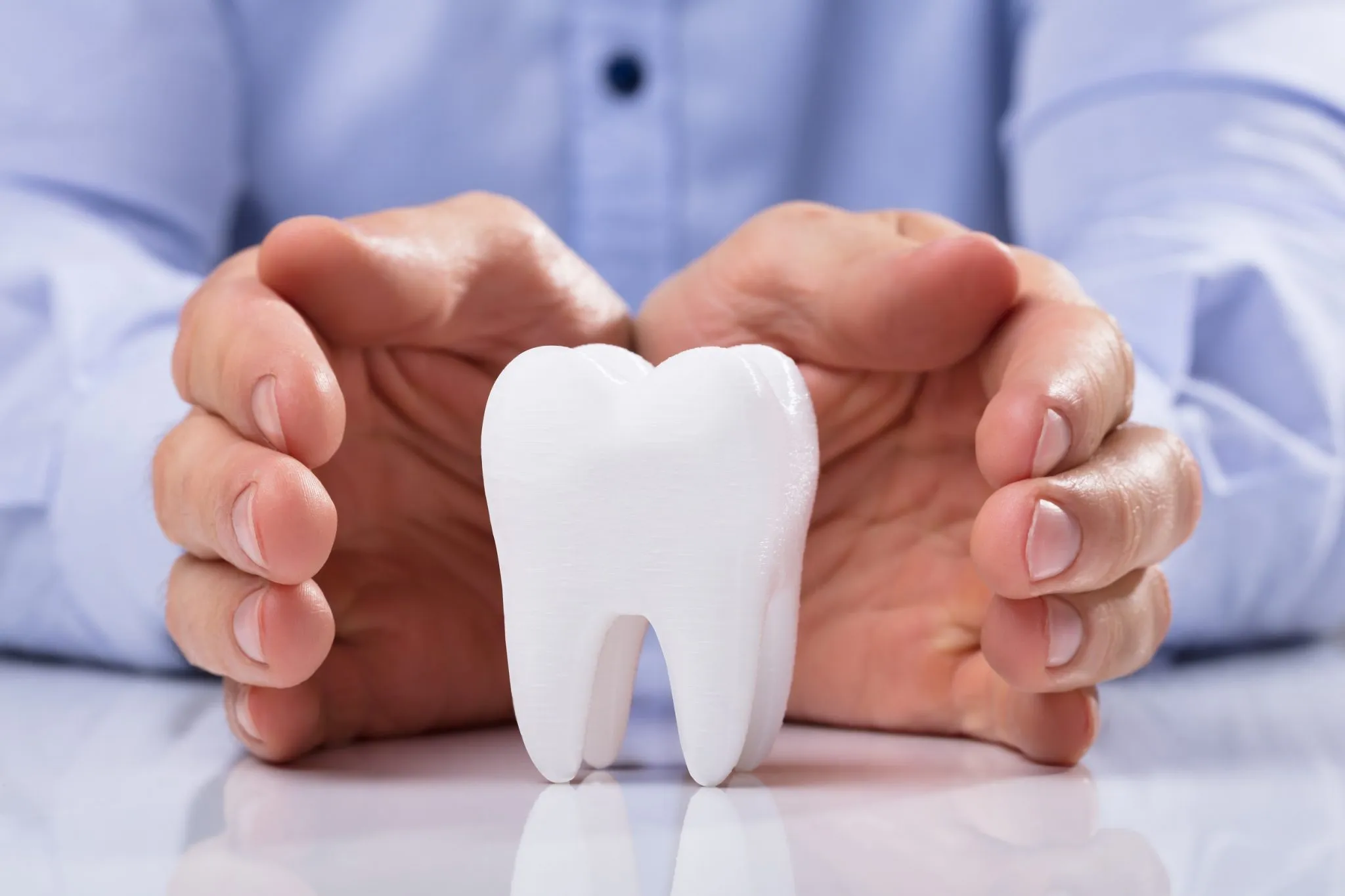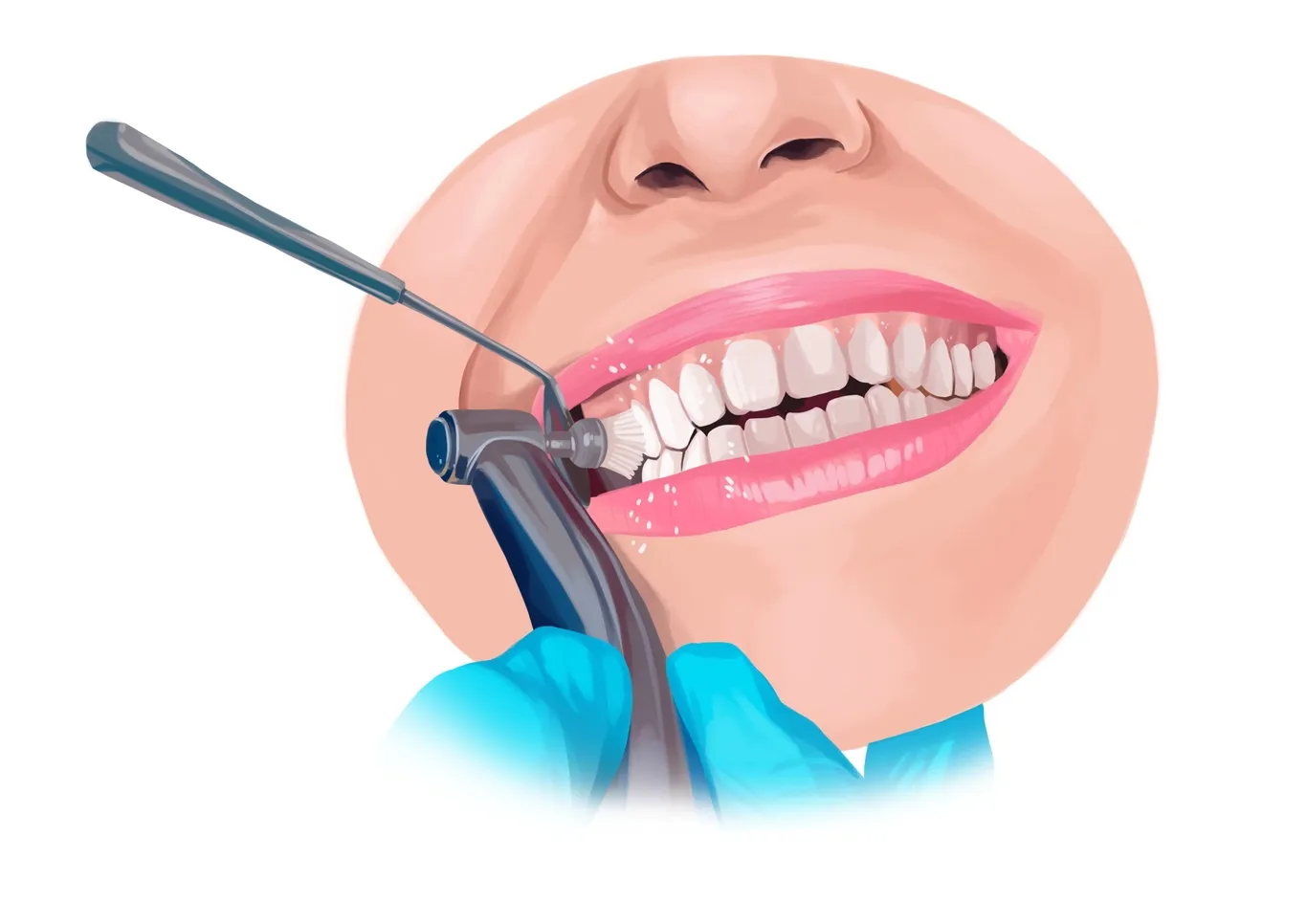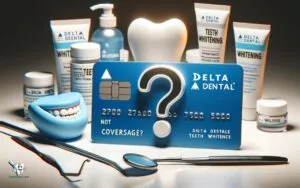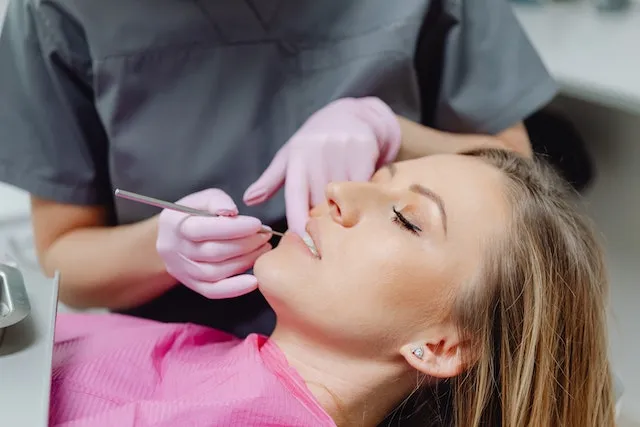What is Teeth Whitening & Why Do People Want It
Teeth whitening, also known as bleaching, is a popular cosmetic dental procedure designed to lighten the shade of your teeth. The process involves removing stains and discoloration, revealing a brighter and more aesthetically pleasing smile. People seek teeth whitening for a variety of reasons, including combating the effects of aging, addressing staining from food and drinks like coffee and tea, and boosting their self-esteem. A dazzling smile can have a significant impact on personal and professional interactions, making teeth whitening a sought-after treatment for many.
Understanding the Cost of Teeth Whitening
The cost of teeth whitening can vary significantly depending on the method used and the location of the dental practice. Generally, in-office whitening treatments tend to be more expensive than at-home options. This is because they involve professional expertise, specialized equipment, and immediate results. At-home whitening kits, on the other hand, are usually more affordable but require more time and consistency to achieve noticeable changes. It’s important to consider your budget and desired outcomes when evaluating the cost of teeth whitening.
Factors Influencing Teeth Whitening Costs

Several factors influence the cost of teeth whitening. These include the type of whitening treatment (in-office vs. at-home), the severity of staining, the number of treatments needed, and the geographic location of the dental practice. The brand and quality of the whitening products used can also impact the price. Furthermore, the expertise and experience of the dentist may contribute to the overall cost. Researching different options and comparing prices from various providers is crucial for making an informed decision.
Dental Insurance Basics & Coverage
Dental insurance is a crucial component of maintaining good oral health. It helps to offset the costs of various dental procedures, from routine check-ups and cleanings to more complex treatments like fillings, root canals, and crowns. Different dental insurance plans offer varying levels of coverage, and understanding the specifics of your plan is essential. When it comes to teeth whitening, coverage is often limited because it is primarily considered a cosmetic procedure. However, in certain situations, there may be opportunities for coverage, so it is important to explore your options.
Types of Dental Insurance Plans
There are several types of dental insurance plans, each with its own structure and coverage levels. Common types include: Preferred Provider Organization (PPO) plans, which allow you to visit any dentist but offer lower costs when you see a dentist within the network; Dental Health Maintenance Organization (DHMO) plans, which typically require you to choose a primary care dentist within the network and may have lower premiums but fewer choices; and Fee-for-Service plans, which allow you to see any dentist and reimburse you for a percentage of the cost. Understanding the nuances of each plan helps you choose the one that best fits your needs and budget. Image: dental-insurance-plans.webp
What Dental Insurance Usually Covers

Most dental insurance plans typically cover preventive care, such as check-ups, cleanings, and X-rays, at a high percentage or even 100%. Basic restorative services like fillings and extractions are often covered at a lower percentage. Major procedures, such as root canals, crowns, and bridges, usually have the lowest coverage levels. Cosmetic procedures like teeth whitening are often excluded from standard coverage, as they are considered elective. However, certain plans may offer some coverage for teeth whitening in specific circumstances, so it’s always worthwhile to review your policy details.
Top 5 Facts About Dental Insurance & Teeth Whitening
Fact 1 Cosmetic vs. Necessary Whitening
Dental insurance differentiates between cosmetic and medically necessary procedures. Teeth whitening is generally considered cosmetic, as it primarily enhances appearance rather than addressing a health issue. However, if teeth discoloration is a result of a medical condition or treatment, such as certain medications or injury, there may be a chance for coverage. In these cases, documentation from your dentist and possibly your primary care physician is crucial to support your claim. Image: teeth-whitening-comparison.webp
Fact 2 Plan Specifics & Waiting Periods

Dental insurance plans often have specific rules and waiting periods before certain procedures are covered. Some plans may have a waiting period before cosmetic procedures, meaning you must be enrolled for a certain period before teeth whitening coverage becomes available. Carefully review your plan’s details to understand these timelines and any limitations that may apply. Understanding these requirements is essential for planning your teeth whitening treatment effectively. Image: dental-insurance-coverage.webp
Fact 3 Pre-existing Conditions & Exclusions
Dental insurance policies may have exclusions for pre-existing conditions or procedures that were already in progress before you enrolled in the plan. If you have undergone teeth whitening treatments before obtaining insurance, it is unlikely that the new plan will cover any additional whitening. Always disclose any existing dental issues or treatments when applying for dental insurance to avoid any coverage disputes later. Reviewing the exclusions section of your policy is crucial to fully understand what isn’t covered.
Fact 4 In-Office vs. At-Home Treatments
If your dental insurance provides any coverage for teeth whitening, it may apply differently to in-office and at-home treatments. In-office procedures, performed by a dentist, are generally more expensive and may have limited coverage. At-home whitening kits, which are more affordable, might not be covered at all or may have a lower coverage percentage. Understanding these distinctions helps you choose a treatment option that aligns with your budget and insurance benefits. Image: in-office-teeth-whitening.webp, at-home-teeth-whitening.webp
Fact 5 Finding the Right Dental Insurance

Choosing the right dental insurance plan requires thorough research and comparison. Consider plans from various providers and evaluate their coverage levels for different types of procedures, including preventive, restorative, and cosmetic services. Pay close attention to the premiums, deductibles, and co-pays, as these factors impact the overall cost of your dental care. Look for plans that offer coverage for teeth whitening or related services that align with your oral health goals. Image: choosing-dental-insurance.webp
Tips for Maximizing Your Coverage
To maximize your dental insurance coverage, it is essential to understand your plan’s benefits thoroughly. Request a detailed breakdown of your plan’s coverage from your insurance provider. When seeking teeth whitening, discuss your treatment options and costs with your dentist beforehand. Ensure you understand the insurance plan’s rules regarding pre-authorization or referrals, if any. Properly documenting the need for whitening can also help. Be sure to keep all your receipts and claim forms organized, as this can simplify the claims process. Image: healthy-smile.webp
Comparing Dental Insurance Plans
Comparing dental insurance plans involves evaluating several key factors. Consider the plan’s monthly premiums, annual deductibles, and out-of-pocket maximums. Assess the coverage percentages for different procedures, especially preventive care, which is usually covered at a higher rate. Explore the plan’s network of dentists to ensure you can access a provider within your preferred area. Compare the costs and benefits of multiple plans to determine the one that best balances your budget and oral health needs. Online comparison tools can be helpful for this process.
Talking to Your Dentist

Consulting with your dentist is a vital step in determining your teeth whitening options and understanding potential insurance coverage. Your dentist can assess your oral health, recommend appropriate whitening treatments, and provide documentation or a medical justification if the whitening is related to a health concern. They can also help you navigate the insurance process by providing the necessary codes and documentation for claim submission. Discuss your insurance coverage and treatment plan with your dentist to make informed decisions.
Other Options to Consider
If your dental insurance does not cover teeth whitening, or if the coverage is insufficient, there are other options to explore. Some dentists offer payment plans or financing options to help make teeth whitening more affordable. You can also consider over-the-counter whitening products, such as whitening strips or toothpastes, which are typically less expensive. Another option is to look into dental discount plans, which provide reduced fees for dental services. Comparing these alternatives and discussing them with your dentist can help you achieve your desired results.
